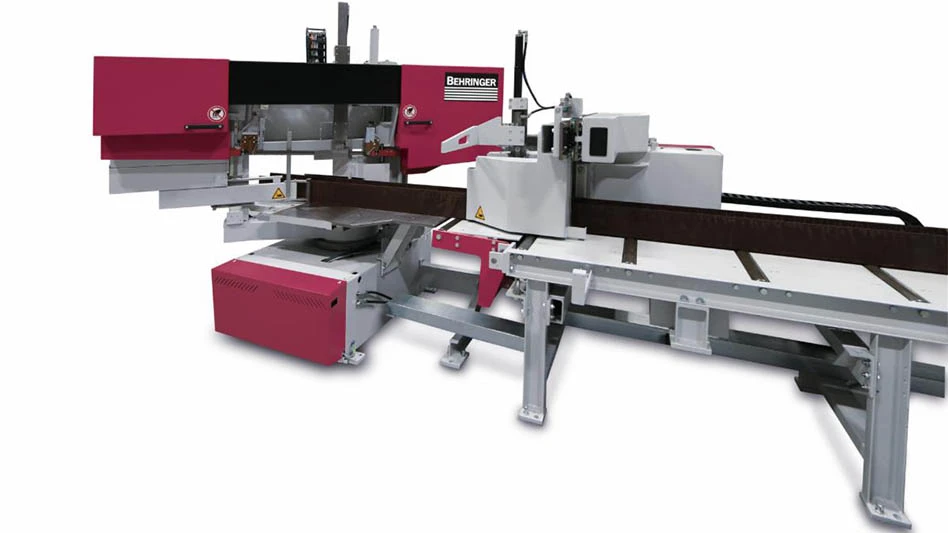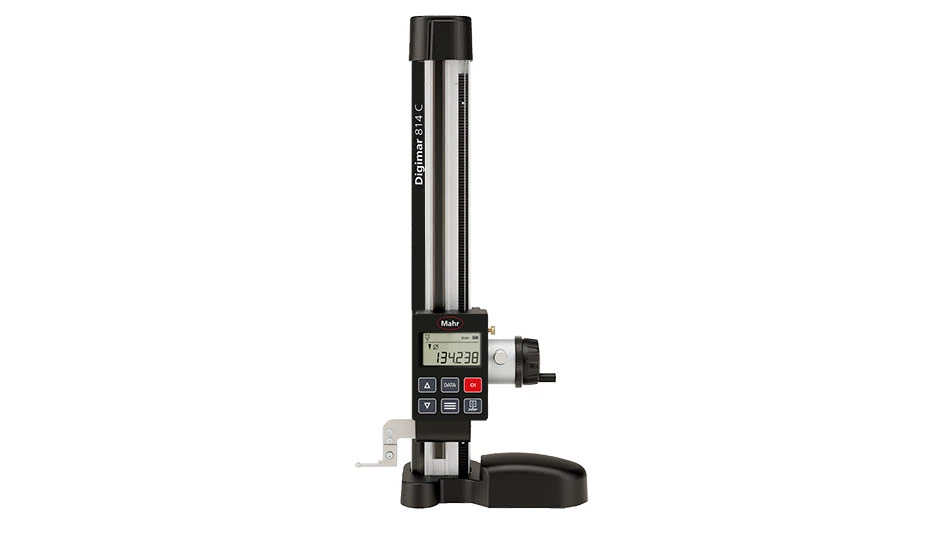
When you consider the logistics involved in creating a new commercial airplane, fighter jet, ship or tank, it’s clear that these programs represent product development at its most complicated. Few other products must be supported throughout a more than 50 year lifecycle or meet such high safety and engineering standards. Few involve as many people (thousands at hundreds of global sites) or as many components (millions in many cases).
Yet for all this complexity, aerospace and defense (A&D) programs have not been spared the “faster, better, cheaper” imperative. In general, development cycles in this industry have been cut in half in the last 10 to 15 years, while innovation has given rise to products so technologically superior that cost comparisons between past and present models are impossible.
So it makes sense that when the companies, or more frequently the coalitions, behind today’s complex aerospace and defense programs get something right, there are important lessons to be learned for all industries. In the last few years, we’ve seen multiple examples of aerospace and defense companies getting it right, especially when it comes to global collaboration, innovation and faster time to market. In fact, “getting it right” really underestimates the transformations some of these programs have experienced.
For example, during the initial assembly of a fighter jet being developed by an international coalition, parts from hundreds of global suppliers successfully came together with the hair-width precision required for a seamless fit. On the commercial side, a new business jet went from concept to first flight in only 33 months while an aircraft engine manufacturer reduced its design cycle time from 42 to 24 months and saved hundreds of millions of dollars in development costs.
These and other recent accomplishments are not the result of tools such as LEAN and Six Sigma, which look to production and manufacturing processes for improvement. Although initiatives such as these remain critical, current breakthroughs in innovation and faster time to market are now coming from practices that address a broader spectrum of the enterprise and more stages of the product lifecycle (from concept through to maintenance and overhaul, and ultimately retirement). Some of these best practices include:
1) Total collaboration
One of the most significant aspects of these recent A&D program accomplishments has been the introduction of enterprise information systems that enable collaboration across the entire value chain – customers, partners and suppliers, as well as service and operating organizations. This is one component of what we mean when we talk about total collaboration as a best practice: that it encompasses everyone involved in a program – even when it involves nine international partners, 40 design support partners and more than 100 sites worldwide, to give an actual example of one existing totally collaborative environment.
Another aspect of total collaboration is that it includes individuals involved with the product throughout its lifecycle. With the advent of Performance-Based Logistics contracts in the military world and Power-By-Hour/Total Care service agreements in the commercial world, it is important that total collaboration includes participants in the after-delivery phases of the product cycle.
With total collaboration, each person involved in a program, regardless of geographic location, is part of a seamless digital working environment that provides access to up-to-date product information, tracks all key decisions, and supplies the process management functionality needed for effective collaboration. And, of course, total collaboration provides for the security of information access, supporting military programs with full ITAR compliance as well as protecting the crucial intellectual property of commercial programs. Programs in the A&D industry that have achieved total collaboration are using product lifecycle management (PLM) technology as the digital thread that ties together various data environments. With total collaboration, in other words, diverse processes such as design, audit, and certification all share in one global environment, made possible by PLM integration.
2) Flawless change management
Change is inevitable in A&D programs, at all stages of the product cycle. In these programs, a simple engineering change might involve as many as 20 steps, and there are likely to be hundreds of changes going on at any given time. Even a single change can involve hundreds of people because each change must be properly integrated with upstream designers, downstream manufacturing staff and the supply chain. The situation described above, where parts from hundreds of global suppliers came together perfectly in an initial assembly, offers an excellent example of change that was handled flawlessly.
A key part of flawless change management is having a single database of record for all product-related information. Even in environments of total collaboration, there may still be pockets where change processes are unique. But having a single database of record allows everyone to be aware of the state of the design at the same time. The other part of flawless change management is creating a workflow, or process for registering a change into the database of record, that everyone agrees to. Built in to this workflow are all the proper notifications, for example, so that nothing is left to someone’s memory or to chance. Both aspects – the single, shared database of record and the managed change workflow – are supported by PLM technology.
3) Inclusivity
The A&D programs we’ve been discussing have put processes in place that affect everyone in the program, from the top of the hierarchy down to the tier-one and tier-two suppliers. But rather than imposing edicts about how they were going to do business, the successful A&D OEMs have worked hard to be inclusive and give all parties a say in defining the processes that affect them.
This is a wise practice for two reasons. One, it allows companies to capture a wide spectrum of knowledge and align it with their processes. Two, it creates buy-in at the supplier level, as well as respect at the customer level.
For Siemens PLM Software, it has been both a privilege and a learning experience to participate in many of today’s most highly successful A&D programs. The products being created today are truly revolutionary, and the processes that support them are key to sustained and profitable enterprise growth.

Explore the April May 2009 Issue
Check out more from this issue and find your next story to read.
Latest from Aerospace Manufacturing and Design
- Gleason Corp. acquires the Intra Group of Companies
- Thread milling cutter reduces cutting pressure, vibration
- Malaysia Aviation Group orders 20 more Airbus A330neo widebodies
- More displacement from space-tested piezo actuators
- Textron Aviation to bring its largest-ever lineup to 2025 EAA AirVenture
- Qualified materials for 3D-printing mission-critical applications
- #69 Manufacturing Matters - Shopfloor Connectivity Roundtable with Renishaw and SMW Autoblok
- Demystifying Controlled Unclassified Information (CUI)





